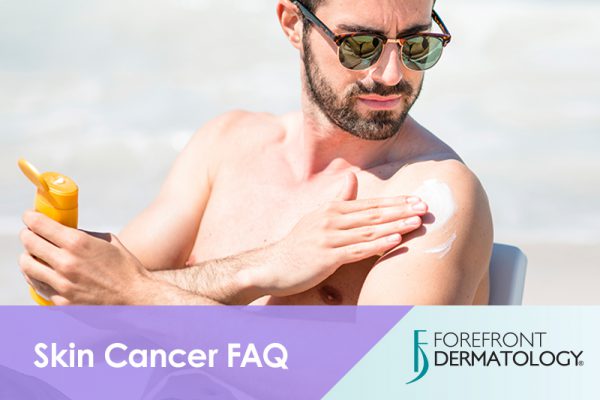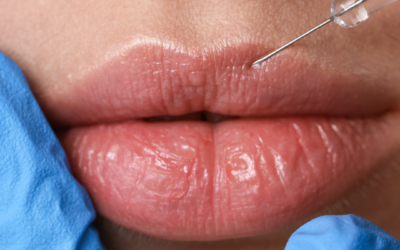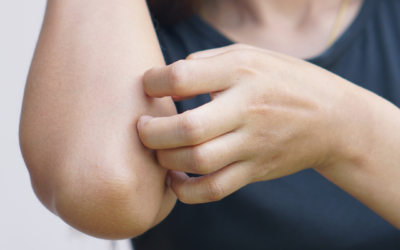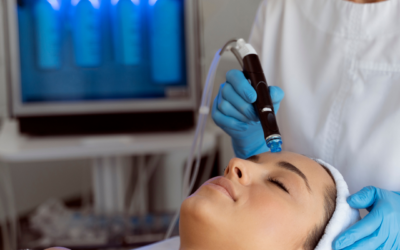
The Skinny on Skin Cancer Your skin is more than just a pretty wrapper. It serves as the first and best defense against everything from dangerous UV radiation to harmful bacteria. But did you know that your largest organ is subject to the most commonly diagnosed form of cancer. With more than with more than 3 million diagnoses each year, skin cancer is one of the most easily treatable and preventable forms of cancer. What types of skin cancer are there? While there are many forms of skin cancer, basal cell carcinoma, squamous cell carcinoma and melanoma are the most common. Basal cell carcinoma, the most common form, develops in the deepest layer of your epidermis; it’s slow-growing, rarely spreads to other parts of the body and highly treatable. Squamous cell carcinoma commonly appears on sun-exposed areas of your body like the face, ears, neck, lips, and backs of the hands, and can also develop in scars or chronic skin sores. It’s more likely to grow into deeper layers of skin and, though uncommon, to spread. Still, it’s easily treated with good prognosis. The most dangerous common form of skin cancer is melanoma . Basically, a melanoma is a mole gone astray. It affects the melanocytes that give your skin its pigmentation and may develop anywhere on the body – even in areas that don’t see regular sun exposure. If left untreated, melanoma is more likely to spread to other parts of your body than basal or squamous cell carcinomas. How common is skin cancer? Skin cancer, particularly basal and squamous cell carcinoma, is incredibly common. In fact, 1 in 5 Americans will be diagnosed with skin cancer at some point in their lives. Of the 3.5 million new diagnoses each year, an estimated 2.8 million are basal cell carcinoma, 700,000 are squamous cell carcinoma and only 76,000 are melanoma. However, about 10,000 people will die of melanoma this year alone – that’s about one fatality per hour. What are skin cancer risk factors? Most cases of basal cell and squamous cell carcinoma are the direct result of prolonged exposure to UV radiation. Risk factors include:
- Fair complexion
- History of severe sunburns
- Spending an excessive amount of time in the sun (or tanning beds)
- Living in sunny or high-altitude climates (where UV radiation is most intense)
- Moles (dysplastic nevi) or precancerous lesions (actinic keratosis)
- Family history of skin cancer (a parent or sibling has had skin cancer)
- Personal history of skin cancer (you’ve had skin cancer in the past)
- Weakened immune system (organ transplants, HIV/AIDS, or autoimmune diseases)
What are some signs of skin cancer? Regular self-examinations are the best way to identify changes in your skin and catch abnormalities at their most treatable stages. When evaluating a mole, remember your A-B-C-D-Es – Asymmetry, Borders, Color, Diameter and Evolution. Check out our article from National Cancer Prevention Month for more tips on what to look for. Other things to look for:
- Changes to the size or color of a mole, growth or spot.
- Changes in skin texture, including scaliness, roughness and – yuck – oozing or bleeding.
- Sores that don’t heal.
- Pigmentation that spreads beyond the border of a mole, growth or spot.
- Changes in sensation, like itchiness, tenderness or pain.
Can skin cancer be prevented? While there’s no way to avoid risk factors like family history, aging or a compromised immune system, you can control UV exposure. Daily use of a moisturizing sunscreen helps prevent harmful UV damage, but be sure to switch to a heavier, longer-lasting sunscreen of SPF 30 or greater, if you expect to be out in direct sunlight for an extended period of time. “Sun protection is important in all seasons,” says Dr. J. Mark Jackson, Clinical Professor of Dermatology at the University of Louisville. “Chronic sun exposure damages the skin and underlying tissues – which leads to everything from skin cancer to fine lines, pigmentation changes, wrinkling and leathering. Prevention is the key to long-term skin health.” How do I know if I have skin cancer? If you’re worried that a mole may be more than just a mole or rough patch may me more than just dry skin, the best course of action is to schedule an appointment with your dermatologist. With the skin experts at Forefront Dermatology on your side, we can find skin cancer, treat it and beat it. To find the Forefront physician nearest you, visit the Locations page today.





